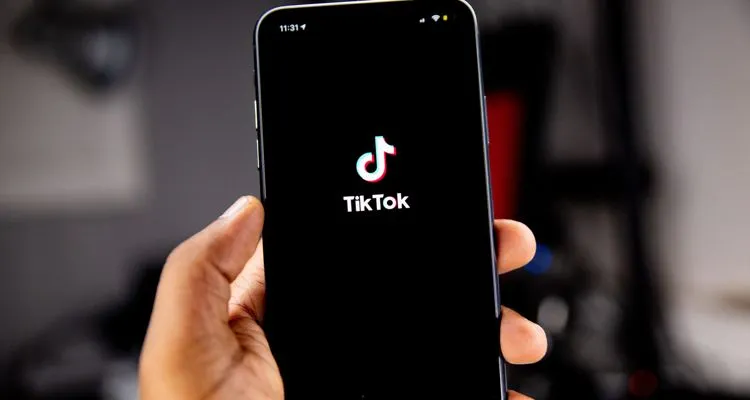Photo Credit: Solen Feyissa
TikTok confirms it is now testing a full-screen horizontal mode with select users worldwide.
TikTok is testing a horizontal full-screen mode with select users worldwide, the company has confirmed Tuesday to TechCrunch. Users with access to the feature will see a “full screen” button on square or rectangle videos in their feed. Tapping the button shifts the video into a horizontal full-screen mode that better utilizes your screen’s real estate.
While this may seem a welcome change for many users, notably those more at home with YouTube’s features, TikTok popularized the vertical video scrolling format other services have been quick to emulate. It begs the question if younger users will bother utilizing horizontal full-screen after being accustomed to the vertical scroll or if older internet generations will mainly make use of it once it rolls out to all users.
TikTok has been no stranger to adapting features from its predecessors and competitors. Earlier this year, TikTok added the ability for users to upload videos up to 10 minutes in length, a move to attract the longer-form content creators who post primarily on YouTube. With support for long-form content, it seems a natural progression to allow users to enhance their viewing experience on longer videos.
Currently, users with access to the horizontal full-screen feature must tap a button to switch to the viewing mode. By the time the feature releases to a broader audience, TikTok may add the ability for videos to automatically switch to horizontal viewing when the phone is turned sideways, the way YouTube and other platforms do.
TikTok and YouTube’s ongoing rivalry is no surprise, as data shows that kids and teenagers spend more time watching TikTok than YouTube as of June 2020. YouTube continues to roll out new features to compete with its younger rival, such as the release of YouTube Shorts to encourage users to create short-form content on the platform. In September, YouTube announced significant overhauls to its Partner Program, allowing creators to earn ad revenue on Shorts, a first in the short-form video landscape.

